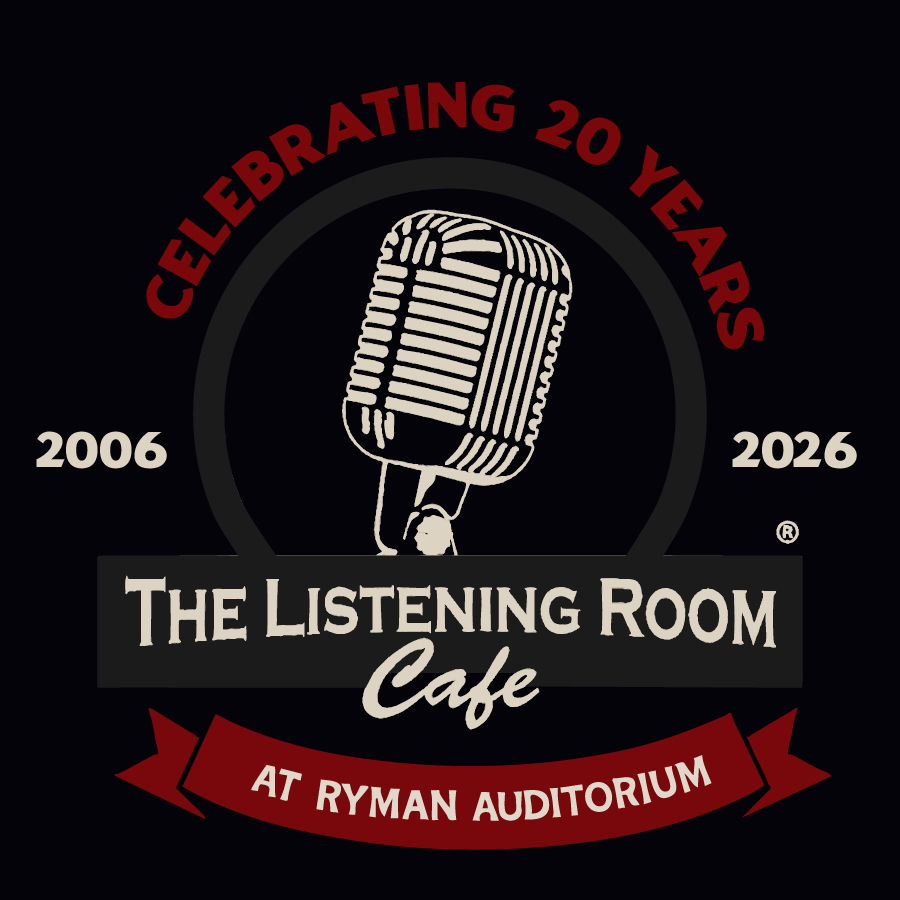OUTLAWS & ARMADILLOS: COUNTRY’S ROARING ’70S TO OPEN AT THE COUNTRY MUSIC HALL OF FAME® AND MUSEUM
- Mary Ann

- May 9, 2018
- 4 min read
A Tale of Two Cities: 1970s Nashville Rebels and Austin Cool Form A Rowdy Foundation for Country Music

On May 25 the Country Music Hall of Fame® and Museum will unveil Outlaws & Armadillos: Country’s Roaring ’70s, a first-of-its-kind major exhibition. Running through February 14, 2021, the exhibit presents a tale of two cities—Austin and Nashville—and explores an era of freewheeling cultural and artistic exchange that skirted the status quo and forever changed country music.
Featuring renegades including Willie Nelson, Waylon Jennings, Cowboy Jack Clement, Jessi Colter, Jerry Jeff Walker, Guy Clark, Joe Ely, Billy Joe Shaver, and Bobby Bare, the exhibit compels and surprises with never-before-seen interviews, rare photos, commissioned artwork, personal memorabilia, costumes and ephemera that are sometimes funky and often wondrous.
Artifact cases line the walls and vibrate with energy, as touchstone artifacts sit side-by-side, for the first time: Nelson’s signature sneakers, Clark’s Randall knife, Colter’s dresses, Susanna Clark’s album cover paintings, Shel Silverstein’s worn and battered songwriting guitar, Doug Sahm’s 1963 Fender Telecaster, and the whiskey still shared by Tom T. Hall and Rev. Will D. Campbell are all included, and the story is enriched by large video screens on which visitors can experience interviews with the era’s legends.
A plethora of film footage, photos, and concert memorabilia help tell the tale of Outlaws & Armadillos, as Austin filmmaker Eric Geadelmann’s artist interviews and archival footage bring the story to vivid life. There are never-before-seen images from photographer Leonard Kamsler’s slides and transparencies, and there are words and perspective from storied writer Chet Flippo, whose keen perspective in Rolling Stone and other publications brought the outlaws to national prominence. Poster art from famed venues including Austin’s Armadillo World Headquarters and Nashville’s Exit/In is eye-catching and artful.
An exhibit companion two-CD set, Outlaws & Armadillos: Country’s Roaring ‘70s, will be released May 18 in digital and CD formats, in partnership with Sony Music’s Legacy Recordings. The compilation will be available this summer on 12-inch vinyl. The set contains 36 tracks and a 32-page booklet detailing the rich history of the era. The set is available for pre-order now at: https://lnk.to/Outlaws
Also complementing the exhibit is a colorful, 124-page exhibit companion book featuring rare artist photos, documents, artifact photos and original artwork, with vital essays from Country Music Hall of Fame member Bobby Bare, Armadillo World Headquarters co-owner Mike Tolleson, and writers Joe Nick Patoski and Peter Cooper. The $24.95 publication will be available on May 25, with pre-ordering available now by emailing Store@countrymusichalloffame.org.
Over the course of the exhibit’s nearly three-year run, the museum will present numerous public programs, including film screenings, panel discussions and interviews made possible, in part, by exclusive magazine sponsor Texas Monthly and supporting sponsors Ben Milam Whiskey and Luckenbach, Texas.
On opening night, May 25, Dave Cobb and Shooter Jennings are producing a sold-out, all-star concert featuring Bare, Colter, Jason Isbell, Billy Joe Shaver and many more. The special event will be recorded for future broadcast on satellite radio SiriusXM’s Outlaw Country channel. The radio presentation will include additional content related to the museum exhibit.
Check for more information and schedule updates at countrymusichalloffame.org/outlaws
A few artifact highlights of the exhibition include:
Randall Model 1 all-purpose fighting knife that became the inspiration for Guy Clark’s song "The Randall Knife"
Kris Kristofferson’s original U.S. Army shirt
Black velvet cape with silk lining stage wear given to long-time drummer Paul English by Willie Nelson
Copper still used by Rev. Will D. Campbell and Tom T. Hall to make whiskey
Leather-bound folio containing handwritten lyrics and notes by Waylon Jennings
Coveralls worn by Joe Ely when he worked for Ringling Bros. and Barnum & Bailey Circus in the early ’70s
Susanna Clark’s original paintings used on the album covers of Willie Nelson’s Stardust (1978) and Guy Clark’s debut album, Old No. 1 (1975)
Door from the general store in Luckenbach, Texas, made famous on the album cover of Viva Terlingua, Jerry Jeff Walker’s 1973 classic
Costumes worn by Jessi Colter on the cover of her albums I’m Jessi Colter (1975) and That’s the Way a Cowboy Rocks and Rolls (1978)
Willie Nelson and Family gold ring with diamonds, made for the group’s harmonica player, Mickey Raphael
Hat embellished with a mink skull, gemstone, feathers, and snakeskin—given to Bobby Bare by Willie Nelson in the early 1970s
Test pressing of an unreleased album by Double Trouble, an Austin R&B group that included guitarist Stevie Ray Vaughan and singer Lou Ann Barton
Guitars used and played by several influential musicians including:
Shel Silverstein’s hard-traveled classical guitar (maker unknown) used to write many of his songs
1952 Gibson SJ-200 played by Cowboy Jack Clement on many recordings, including Johnny Cash’s "Big River" and "Ring of Fire"
1952 Martin D-28 used by Steve Young to write notable songs including "Lonesome, On’ry and Mean," recorded by Waylon Jennings, and "Seven Bridges Road," a hit for the Eagles
1963 Fender Telecaster used by Doug Sahm on recordings including "Mendocino," a Top Forty hit for the Sir Douglas Quintet
Gibson J-45 used extensively by Joe Ely. Ely is pictured with it on the cover of his second album, Honky Tonk Masquerade (1978)
1958 Martin 0-18 given to Guy and Susanna Clark by Jerry Jeff Walker. Susanna Clark used it to write songs including "Old Friends," a collaboration with Guy Clark and Richard Dobson, and "Easy From Now On," co-written by Carlene Carter
1960 Gibson ES-355 used by Asleep at the Wheel’s Ray Benson from approximately 1972 to 1985
For more information about this exhibition, visit countrymusichalloffame.org.




Comments